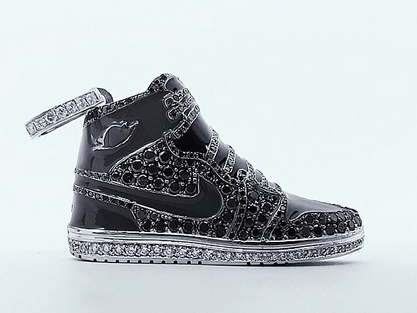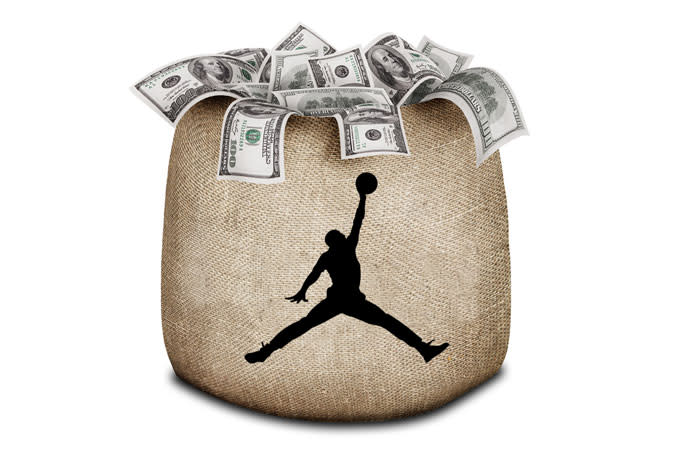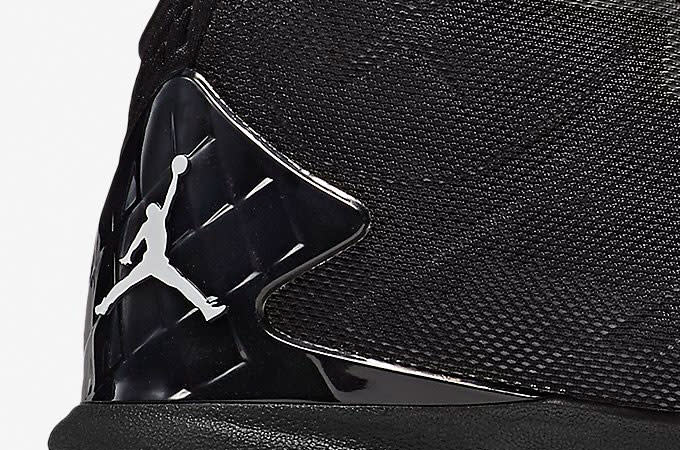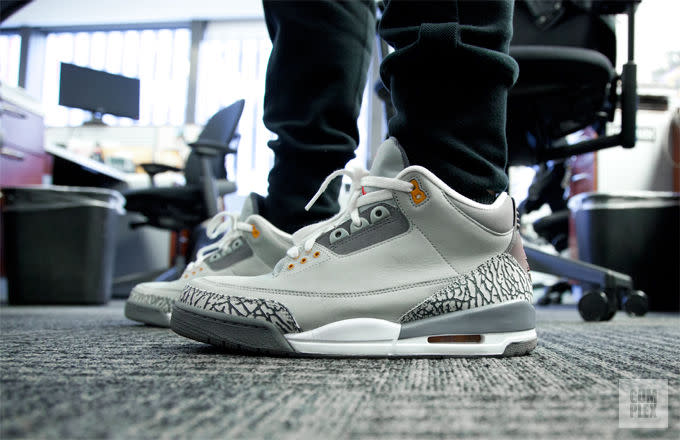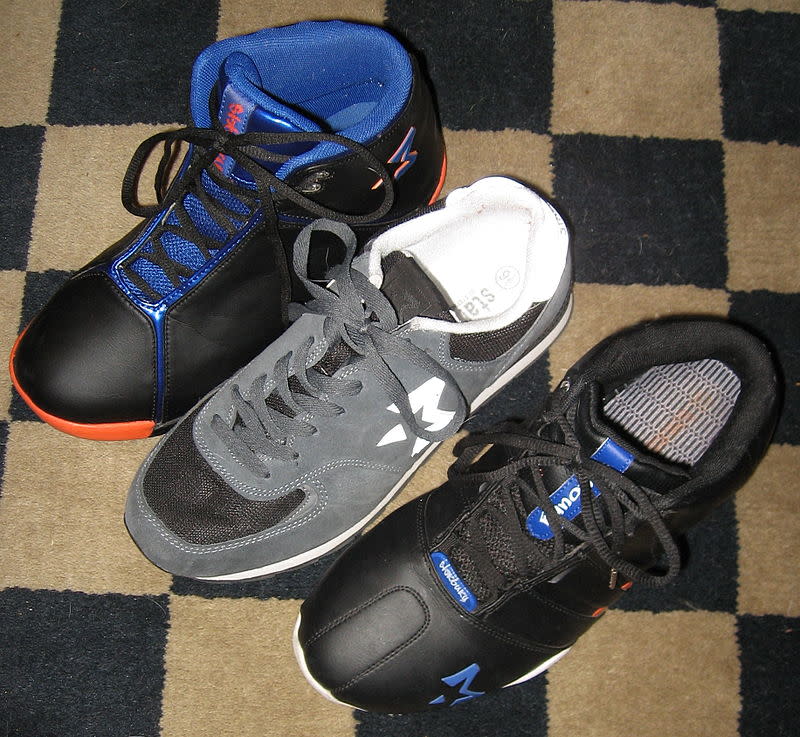5 Reasons Starbury Will Never Touch Jordan Brand
Stephon Marbury took to social media last week to express his disdain towards Michael Jordan and his iconic shoe line. He accused the Hall of Famer of "robbing the hood" and being a catalyst of teenage violence in America for decades because of the price points placed on his sneakers. As an alternative, the Coney Island native plans to re-release his "Starbury" line that originally hit shelves at former retailer Steve & Barry back in 2006.
The Starbury is priced at $15 so that children of all economic statuses have equal opportunity to purchase his shoes. Marbury's efforts in providing children with an affordable pair of sneakers should be applauded. However, he needs to be cognizant of the fact that no matter how much he slanders MJ or underprices his own sneaker, he’ll never be in the same conversation as His Airness, and here’s why.
Starbury lacks cachet, especially when compared to Jordan Brand.Soon after his exodus from the NBA in 2009, Marbury decided to take his talents to China. While he’s had immense on-the-court success, the world’s latest memory of Stephon Marbury isn’t exactly the best. While filming one of his regular Internet broadcasts from abroad, Steph is seen eating Vaseline to cure what he says was a sore throat. That combined with the fact that he hasn’t been on a NBA roster in six years, younger consumers just do not identify with him as a player that they should be looking to emulate by wearing his sneakers. With that being said, there is absolutely nothing that would entice consumers to want to wear Marbury’s brand over that of the greatest player to ever step foot on a basketball court.
Meanwhile, Jordan Brand has broken into the lifestyle market, not just offering up performance models for the court, but luxurious takes on classic silhouettes like the Jordan 1. Aftermarket values of models like the Fragment 1s aside, shoes like the "Vachetta Tan" Air Jordan 1 Pinnacle, the Dover Street Market Jordan 1, and Jordan Brand's upcoming collab with Supreme exhibit how the sneakers have become ingrained into consumer culture. Having Jordans on your feet means something much more now—not just that you're ready to play basketball.
Jordan's still putting numbers on the board in a major way.The "Jordan Effect" is a well-known phenomenon amongst hoop heads and casual sports fans alike. It was born on the hardwood in the early '90s, as Mike prevented hall of famers such as Charles Barkley, Karl Malone, John Stockton, and Patrick Ewing from ever capturing the highly-coveted NBA Championship. It has since spilled over into the sneaker game to become one of the premier shoe brands in urban culture.
In 2014, Michael Jordan officially generated more revenue from his iconic shoe line than he ever accumulated during his NBA playing career. Since signing with Nike back in 1984, Jordan has released 29 signature shoes that still allow him to rake in close to $100M a year. With the constant debate of what athletic brand will emerge as the brand to knock Nike off of its pedestal, it goes forgotten that Nike has been able to corner the market through it's Jordan Brand division. If there were ever a time that Nike was struggling to move product, a retro release of the iconic shoe would get those registers ringing once again.
The Jumpman is a globally-recognized symbol of greatness.The Jordan Effect evokes brand loyalty that is unmatched. The Jumpman logo is globally recognized and is etched into the childhood and adolescent years of many consumers today. It's the name of one of the catchiest rap songs out right now. Due to MJ being recognized as the greatest to ever play, his sneakers have been given a persona of the “holy grail” of sneakers in the minds of many. The Starbury won’t ever be able to establish itself in this light as it has already been discontinued once and struggles to even be taken seriously as a brand.
Jordans look even better off the court.The Jordan signature line has several sneakers that have transitioned into being regarded as lifestyle shoes. All throughout America, Jordans can be spotted being worn on court or with a nice pair of jeans or khakis. The Starbury is designed to be strictly a basketball sneaker, and is not stylish enough to pull off in any other setting. Could you imagine a fresh pair of Starburys being paired with some jeans and a button-up?
The Starburys look like they're worth $15.Despite the genuine nature of Marbury only pricing his sneakers at $15, many people associate cheaper priced shoes with cheaper quality. Or even worse, cheap labor. When any article of clothing is sold for a low price, the costs are cut from somewhere, whether it's the materials, the wages of the employees making the shoes, or ensuring that manufacturing processes don't have an adverse environmental impact.
On the other side of the coin, some sneakerheads even frown upon the lower price point, as they don't want to be characterized as the person walking around in a pair of bobos. Sure, there's a dedicated community of sneaker fans who collect fake kicks, but all of the shoes they rock are at least facsimiles of a sneaker with status—Yeezys and Jordans, for the most part. At $15 a pair, the Starbury shoes look like a sneaker you'd expect at that price range. The materials don't look top notch, and regardless of the factories they're made in, the design and overall cool factor just pales in comparison to some of Jordan Brand's most classic models.
More from Complex


